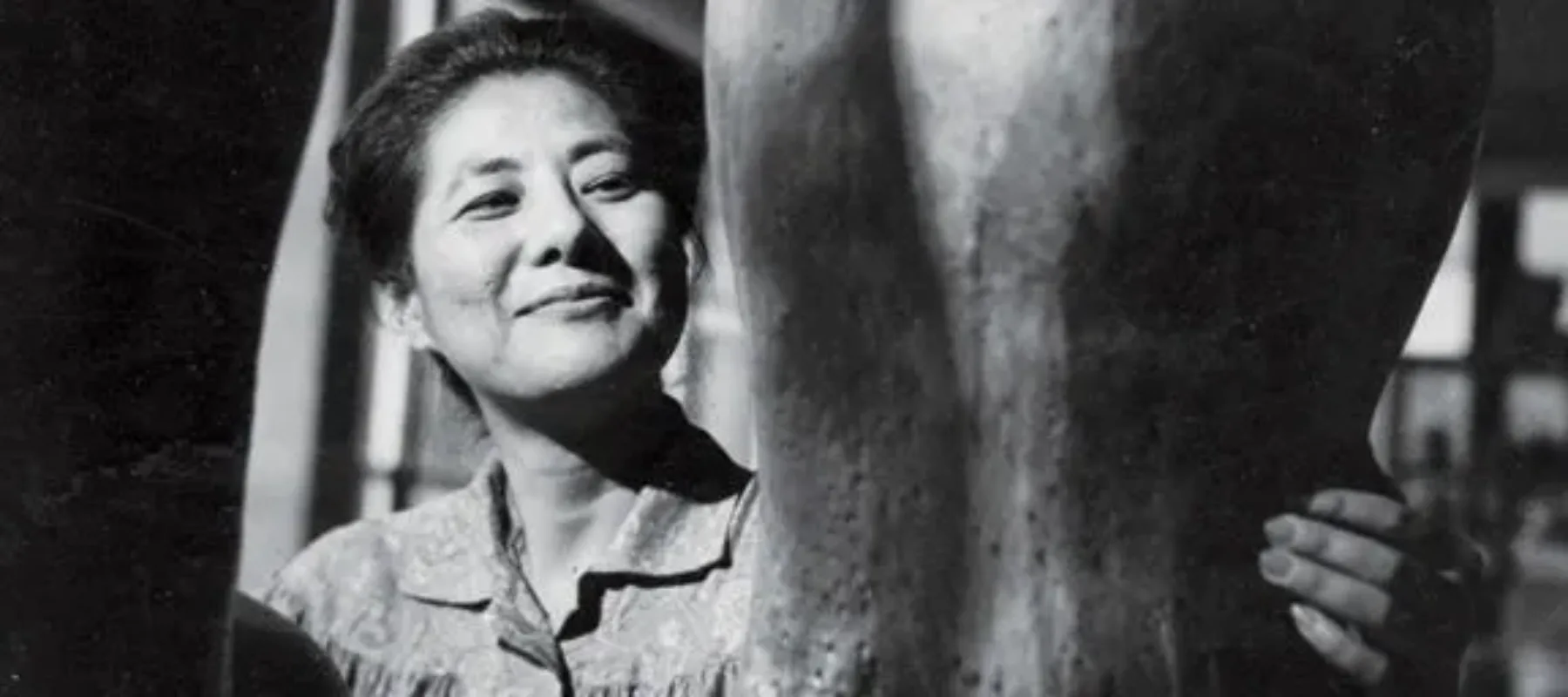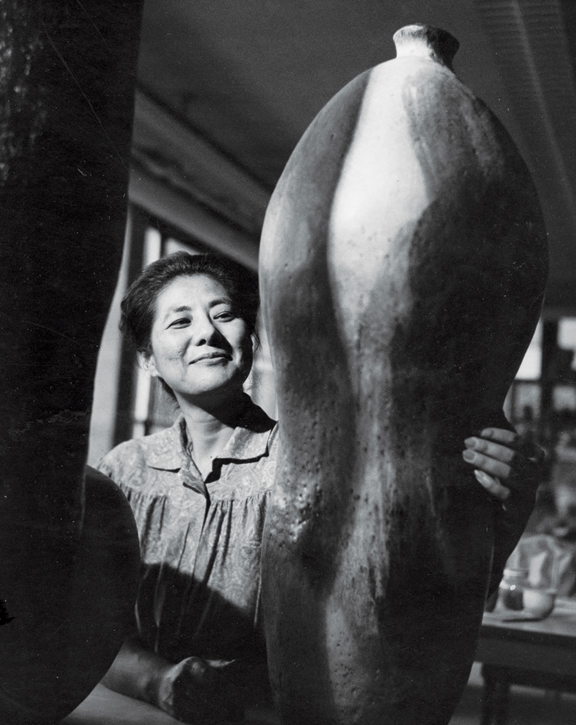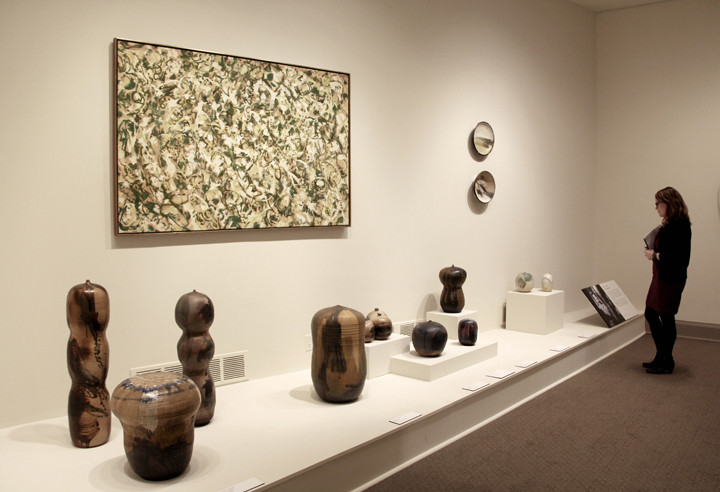Impress your friends with five fast facts about designer Toshiko Takaezu (1922–2011), whose work is on view in Pathmakers: Women in Art, Craft, and Design, Midcentury and Today through February 28, 2015.
1. Silent Partners
Takaezu saw every aspect of her artistic process as a collaboration. Whether working in her garden or firing her finished works, she knew there were forces beyond her control that contributed to the final products.
2. Teacher’s Pet
The work of ceramic artist Maija Grotell inspired Takaezu to apply to the prestigious Cranbrook Academy of Art. She was accepted in 1951 and became Grotell’s teaching assistant in her third year. Works by both artists are displayed in Pathmakers.
3. Student to Teacher
Takaezu attributed her artistic growth to her teachers. She later passed on her passion to her own students. Through teaching at the Cleveland Institute of Art and Princeton University, and by training live-in apprentices, she gave a new generation of artists the opportunity to find themselves through ceramics.
4. Renaissance Woman
Known for her work in ceramics, Takaezu glazed her vessels like a painter. Her first closed forms were a response to her desire for a continuous surface to glaze. She also worked in textiles and took classes with designer Marianne Strengell—another Pathmakers artist—while at Cranbrook.
5. Everything is Sound
Takaezu found that the senses of sight, touch, and hearing were closely connected. While she focused on visual aesthetics, she often incorporated sound into her work. She placed clay beads in some of her closed pots, which rattle when handled. She even created several bronze bells.



